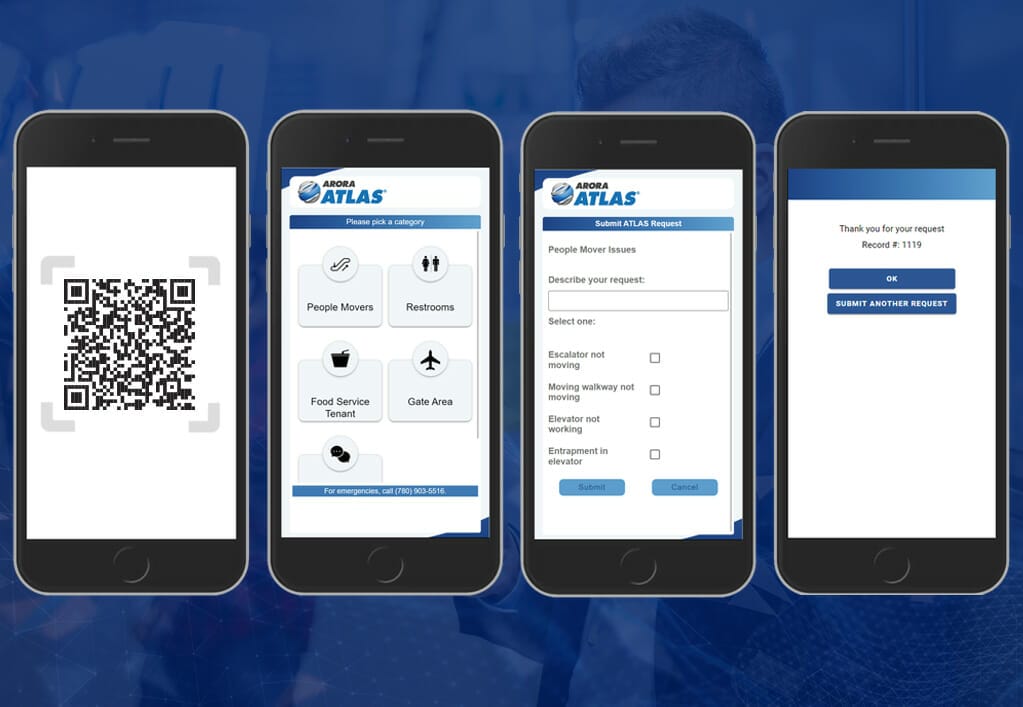Forbes contributor Yuri Kruman said it best in his article on the importance of customer experience in the age of instant gratification – the same old customer experience no longer works.
In our digital age every business, service, and product can be subject to public scrutiny across a litany of social and web channels for past, current, and future customers to investigate. Research suggests that almost all consumers (93%) say that online reviews impact their purchasing decisions . Considering these circumstances, it is no wonder that over 90% of c-level executives say that improving customer experience is one of their top three priorities for the next several years.
Modern organizations understand the significant role customer experience plays in lowering operational costs, maintaining brand loyalty, and ensuring sustained growth. But how exactly can your organization improve customer experience?
Understand your Audience
Ensuring your organization understands what type(s) of consumers are visiting your facility or procuring your product or service is essential. The only way to meet the needs of your customers is to first understand who they are, what motivates them, and what they want. Start by assessing:
1. Who is your customer base?
2. What needs must your facility or service fulfil?
3. Are you able to meet those needs – why or why not?
This information is the foundation of an effective customer management strategy. Once you understand who your customers are and what they need from your business, you can more efficiently implement tools and strategies to improve their experience.
Encourage Customer Feedback
Over 85% of adults in the USA now own a smartphone — which is great news for your organization. There is a wealth of technology available to allow consumers to use their own device to provide the critical feedback you need to meet their needs more efficiently.
Rather than forcing your customers to stand around at kiosks and touch public smart devices to provide feedback, the best customer experience tools are accessible via a quick QR code scan with a smart device.
Leading web and app-based customer experience tools are simple, easy-to-use, and can be optimized to walk your customers through a wizard-based interface with answers your organization prepopulates to ensure you have all the information you need to address their concerns.
Harness the Data
As mathematician Clive Humby once proclaimed, “Data is the new oil.”
In the digital age, enterprises have the exciting opportunity to collect data more easily from various sources online and within their facilities. This information, when used properly, can revolutionize the customer experience.
Implementing a digital customer experience tool and customer-focused processes that allow you to collect data are critical steps your business can undertake to understand customer behavior and interest. The question then becomes, what data is important in your quest to improve customer experience? Is it impressions on the quality of your facility or service, consumer purchasing habits, public engagement, or something else? As noted above, understanding your audience and their needs should simplify the process of defining what data you need to collect.
Once you determine what data you need, you can identify important trends and patterns that you can then use to improve your processes or amenities.
Mind your Assets
Asset management is an excellent way to use data to improve customer experience. Just as you should have a well-rounded understanding of your customers, the same level of understanding should be applied to every asset within your organization.
Your assets are one of your most expensive investments and are closely related to the experience of your customers. Heating or cooling issues, restroom cleanliness, and spills/hazards are some of the most common issues often reported by customers.
Giving your customers the tools to provide feedback on your facility and its assets can help you efficiently prioritize work requests, determine key usage patterns, and identify repeat problem areas or equipment which may need to be maintained more frequently, or replaced entirely.
Empower your Employees with Information
Your employees can be your best line of defense in improving customer experience – but their efforts are only as effective as the information they receive.
Selecting a configurable, wizard style Q&A tool that guides consumers to provide all the information your technicians need is preferable. Other handy features leading customer experience tools contain that your technicians will appreciate are:
1. The ability for customers to attach photos to their feedback.
2. Mapping functionality so that they can locate issues faster.
3. Integration with your company’s Enterprise Asset Management (EAM) system so they do not need to duplicate critical maintenance resolution information for two systems.
When employing a technology tool to allow customers to provide feedback, ensure that the data you collect and subsequently disseminate to your employees is complete and includes the asset and location data your technicians need to address issues quickly and efficiently.
If you have questions or want to learn more about improving the experience of your customers, contact sales@edatai.com today!
























